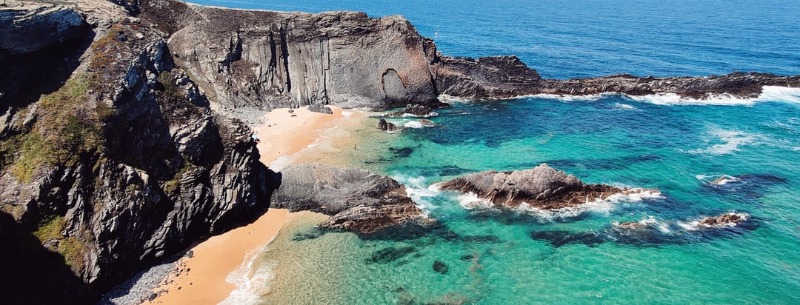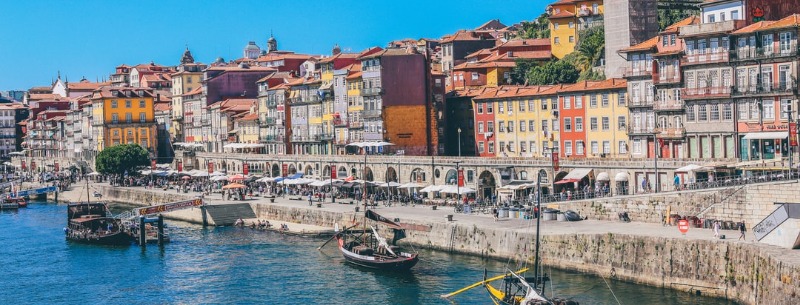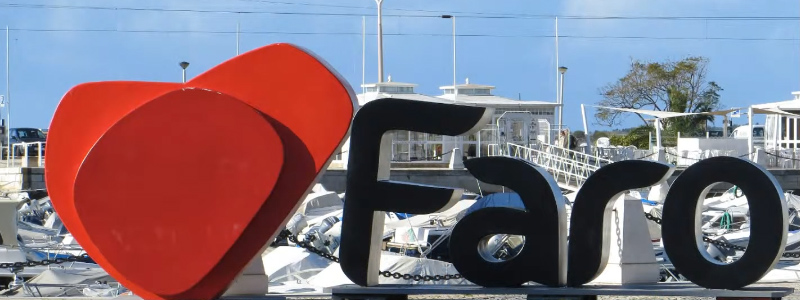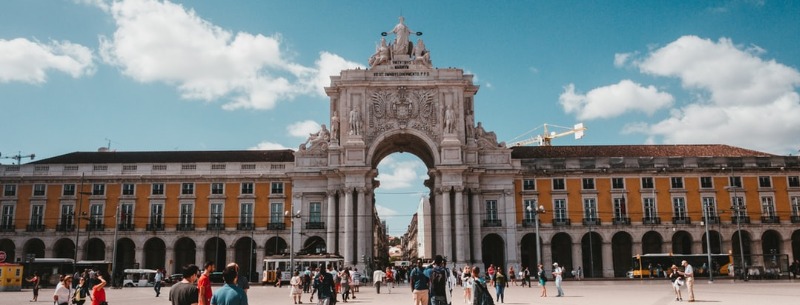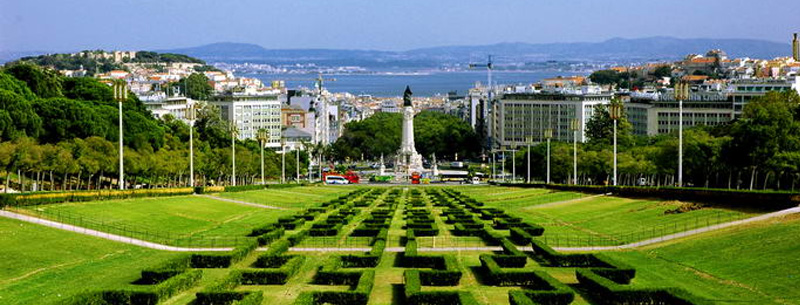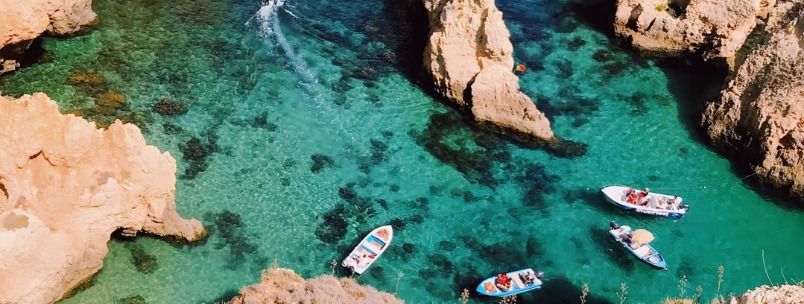2025 Portugal Visitors Guide
Now, this is the perfect place where you can spend your vacation. Portugal probably offers some of the best tourist attractions in Europe. Here, you can visit impressive historic towns with amazing structures, interesting rural areas, and many other natural beauties that are surely worth seeing. Douro River is one of the main attractions in Portugal. This famous river impresses with its beautiful green valley and the renowned wine, which is made from the Douro Valley. This wine was imitated in many countries, such as South Africa, Australia, the United States, and India. Here are some interesting places that you should visit in Portugal:
Portugal is around the size of Scotland with twice the population and has tremendous variety both geographically and in its ways of life and traditions.
Along the coast around Lisbon, and on the well-developed Algarve in the south, there are highly sophisticated resorts, while the vibrant capital Lisbon has enough going on to please most city devotees. But in its rural areas, this is still a conspicuously underdeveloped country, and there are plenty of opportunities to experience smaller towns and countryside regions that have changed little in the past century.
In terms of population and customs, differences between the north and South are particularly striking. Above a line more or less corresponding with the course of the River Tagus, the people are of predominantly Celtic and Germanic stock. It was here, at Guimarães, that the “Lusitanian” nation was born, in the wake of the Christian reconquest from the North African Moors. South of the Tagus, where the Moorish and Roman civilizations were most established, people tend to be darker-skinned and maintain more of a “Mediterranean” lifestyle. More recent events are woven into the pattern. The 1974 revolution came from the south – an area of vast estates, rich landowners, and a dependent workforce – while the conservative backlash of the 1980s came from the north, with its powerful religious authorities and individual smallholders wary of change. More profoundly even than the revolution, emigration has altered people’s attitudes and the appearance of the countryside. After Lisbon, the largest Portuguese community is in Paris, and there are migrant workers spread throughout France and Germany. Returning to Portugal, these emigrants have brought in modern ideas and challenged many traditional rural values.
The greatest of all Portuguese influences, however, is the sea. The Portuguese are very conscious of themselves as a seafaring race; mariners like Vasco da Gama led the way in the exploration of Africa and the Americas, and until less than thirty years ago Portugal remained a colonial power. The colonies brought African and South American strands to the country’s culture: in the distinctive music of fado, sentimental songs heard in Lisbon and Coimbra, for example, or in the Moorish-influenced and Manueline architecture that abounds in coastal towns like Belém and Viana do Castelo.
Since Portugal is so compact, it’s easy to take in something of each of its elements. Scenically, the most interesting parts of the country are in the north: the Minho, green, damp, and often startling in its rural customs; and the sensational gorge and valley of the Douro, followed along its course by the railway, off which antiquated branch lines edge into remote Trás-os-Montes.
For contemporary interest, spend some time in both Lisbon and Porto, the only two cities of real size. And if it’s monuments you’re after, the center of the country – above all, Coimbra and Évora – retain a faded grandeur. The coast is the virtually continuous beach, and apart from the Algarve and a few pockets around Lisbon and Porto, resorts remain low-key and thoroughly Portuguese, with great stretches of deserted sands between them. Perhaps the loveliest are along the northern Costa Verde, around Viana do Castelo, or, for isolation, the wild beaches of southern Alentejo.
Destinations in Portugal
Many centuries ago Portugal was the master of the oceans and ships would leave from the great harbours of the Algarve coast to points all over the globe. These great explorers last saw land in a town called Sagres on the most westerly point of Europe.
Posh Porto
This city is the second-largest metropolis in the country, after Lisbon. Here, you can see some mixed monuments made by leading architects throughout the years, beautiful baroque carvings, luxury hotels, and some great restaurants. Porto also has some interesting nightlife recommendations, including bars, clubs, and other events. Serralves Museum of Contemporary Art is one of the main attractions in Port, as well as the famous acoustic House of Music.
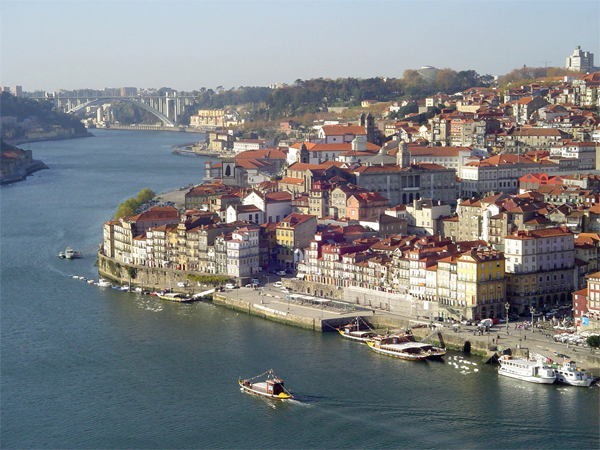
Azores
This is the most special and beautiful place in Portugal. Thousands of tourists are coming to this beautiful place every year. Located about 905 miles distance from Lisbon, the Azores were discovered in the first half of the 15th century. Here, tourists will be amazed by the emerald-green lakes, volcanic craters and cones, fertile prairies, and colorful hydrangeas. The Azores is formed of nine islands and divided into three groups: the central group, the eastern group, and the western group. You must visit this place, for its natural beauty and also for its 15th-century manor houses and churches.
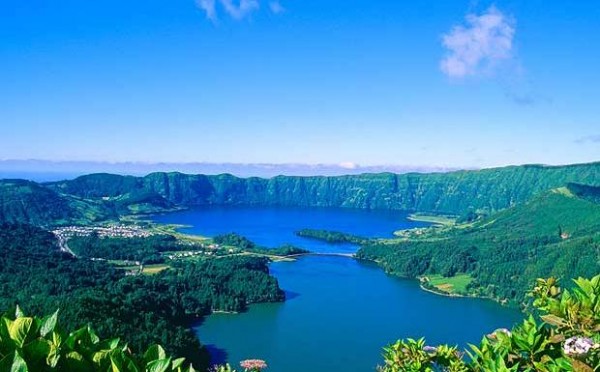
Sintra
A very beautiful place where you will have tons of things to do. You can discover the beautiful architectural delights of this magical town, visit the historic palaces, monasteries, and castles or you can wander through the lovely streets of this town. While you are here, make sure you take your camera with you because you have many great things to shoot.
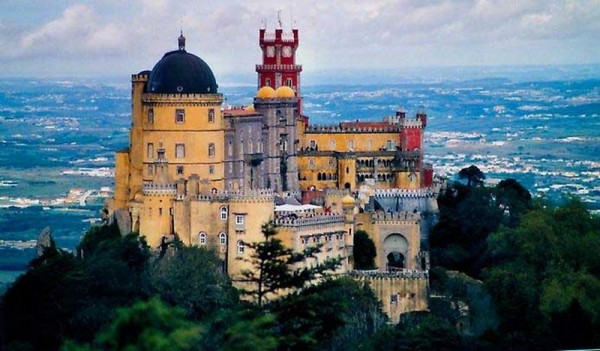
Sagres, Portugal: The end of the world
The small bay is popular with scuba divers and a few years ago I did several dives on a small tin barge wrecked at the outer edge of the bay. The water is too cold for me at 13 degrees Celsius and the divers I saw entering the water didn’t look too chuffed themselves.
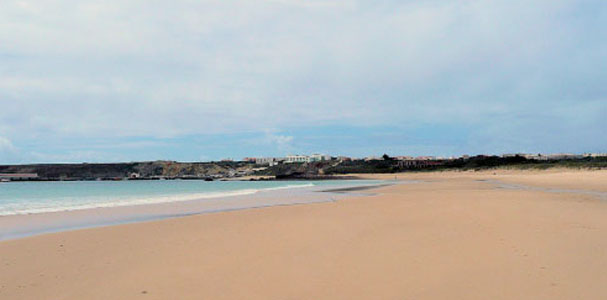
Meandering around the village I took my friends to a fantastic old Adega, the Casa Grande, run by an irrepressible woman called Sally Vincent. It stands at the entrance to the village and wanders in and out of disrepair depending on the finances of the owner. With an eclectic set of rooms and a restaurant set in the barn, it is a unique treasure. Although it can by no means be called classy it has seen its fair share of celebrities including the late Peter Cook as regular visitors.
By this time lunch was calling and the sun finally seemed to be breaking through so reluctantly we climbed back in the car and returned to Lagos and the rest of the world.
Top Attractions in Portugal
Óbidos
Traditionally the “Wedding City” – the bridal gift of Portuguese monarchs to their queens – Óbidos is perhaps Portugal’s best-preserved walled town. Stay overnight and you miss the hoards of day-trippers.
Bom Jesus, Braga
The famous hilltop church of Bom Jesus, just outside Braga, is not only a place of pilgrimage, but it also provides a fun day out, surrounded by leafy parks, picnic tables, restaurants, and cafés.
Train from Regua to Vila Real
The narrow-gauge train route from Regua to Vila Real is an exhilarating ride through the magnificent mountains of the isolated region of Trás-os-Montes.
Évora
A historical UNESCO-protected city in the Alentejo, Évora is the best district to visit if you are after unspoiled white-washed villages and great wines.
Oporto
Oporto is Portugal’s second city, and its saint’s day, São João on June 23, just pips Lisbon’s Santo António for being the rowdiest and most fun all-night street party.
Praia da Rocha, Algarve
Though long-discovered by tourists, the beach at Praia da Rocha on the Algarve is still rated as one of the best in the country, especially off-season.
Restaurante D Fernando, Bragança
Restaurante D Fernando is not Bragança’s top restaurant but tucked inside the old walled town, its location is hard to beat.
Walks around Sintra
Only a stone’s throw from the high-rise suburbs of Lisbon, the wooded slopes of Sintra – traditionally the summer retreat of royalty – offer some of the country’s most lush woodlands and spectacular scenery.
Plateau, Lisbon
A long-established club in a city claiming to be one of Europe’s hottest nightspots, Plateau in Lisbon is very cool and doesn’t suffer from the heavy door policies of some of its neighbors.
What to do in Lisbon
The beautiful capital of Portugal, Lisbon is located at the point where the Tagus River meets the Atlantic Ocean. The riverfront city is one of the best travel destinations in the world. Here, tourists may enjoy the astonishing ruins of a Moorish castle, situated atop one of Lisbon’s seven hills, and an ancient Visigoth wall. However, Lisbon is probably one of the most beautiful cities in Europe, having a large variety of attractions and millions of tourists are coming here every year. Even if the city has been modernized during the years, its oldest neighborhoods are still its most attractive areas. Here, are three places to visit in Portugal’s capital.
Belem Tower
This beautiful tower is also called the Tower of St. Vincent and can be found on what once was an island in the Tagus River. Belem Tower was built back in 1515 and had the mission to defend the city from invaders, but also to welcome the city’s friends. This incredible tower was built in the Age of Discovery and had approximately 17 cannons that had the ability to fire long-range shots.
Rossio Square
There cannot be a completed visit to Lisbon if you do not see Rossio Square. Also known as Pedro IV Square, this beautiful place is Lisbon’s most famous plaza. Rossio Square is situated in the Pombaline Lower Town district, in central Lisbon. This place has been a gathering location since the Middle Ages.
Alfama
Alfama is considered to be the oldest quarter in historic Lisbon, homing to famous architectural landmarks, some of them dating back to the city’s Moorish past. Another interesting attraction is Lego do Charariz de Dentro, where tourists can enjoy the best traditional Portuguese folk music. For a better view over the Tagus River and Alfama, tourists could visit Lisbon’s original Moorish gateway, called Largo das Portas do Sol.
Portugal’s capital city, Lisbon is one of the most visited places in Europe, having incredible attractions that connect the impressive past with the present. What is your favorite attraction in Lisbon?
